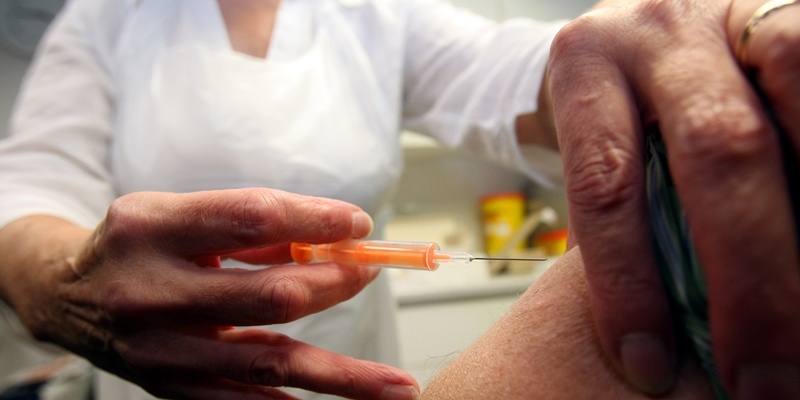A sheriff has questioned why taxpayers’ money was spent on a fatal accident inquiry into a Fife swine flu death.
The inquiry into the death of 53-year-old Kirkcaldy man Bill Anderson, who was Scotland’s first otherwise healthy swine flu victim, may not have been in the public interest, according to Sheriff Craig McSherry, who published his findings this week.
During the eight-day hearing at Dunfermline, the circumstances surrounding the unrelated death of mother-of-two Joanne Winsborough (33), of Kelty, were also examined.
In his report, the sheriff said, “The question may be legitimately asked as to why the Crown felt it was in the public interest, as distinct from that of the families, to have this inquiry.
“The evidence was available before the inquiry began that there was no satisfactory answer to the questions posed by the families.”
He added, “The justification of an inquiry such as this must be that it is in the public interest and not be used simply as a forum for questions raised by the families concerned.
“The public interest justifying an inquiry seems to be unidentified.”
Care worker Mr Anderson, who was a physically-fit squash club champion, died at Queen Margaret Hospital in Dunfermline on September 9, 2009, after developing adult respiratory distress syndrome.
He had called NHS24’s dedicated pandemic helpline and saw an out-of-hours doctor three days before he collapsed at home.’Sad, inescapable fact’Mrs Winsborough died at her home on April 17, 2009, of pneumonia, having been examined by a doctor three days earlier.
Sheriff McSherry described the deaths of Mr Anderson and Mrs Winsborough as “rare and unusual.”
He said, “It is not known why either of the deceased should have become susceptible.
“In both cases the families became aware of worsening symptoms and condition and exhorted Mrs Winsborough and Mr Anderson to seek medical attention.
“In each case, for possibly differing reasons, the wishes of the family were ignored by the deceased with fatal consequences.”
He added, “It is a sad, inescapable fact possibly not understood by some persons in modern times that otherwise healthy people can become ill and die
“The evidence is that thousands of people, including many pregnant women, had swine flu and recovered without needing to go to hospital or suffering any harmful ongoing effects.”‘No evidence’ of failureSheriff McSherry said, “This inquiry was instigated by the Crown for the purpose, as far as I can see, of helping to resolve a number of questions raised by the families of the respective deceased.
“There was no evidence of reasonable precautions whereby the deaths might have been avoided or of any systemic failure on the part of the professionals involved.”
The inquiry heard Mr Anderson told his family he had been diagnosed with seasonal flu, and that he was recovering, but Dr John Barron told the inquiry he had specifically told Mr Anderson he was suffering from swine flu.
“The reasons for him choosing to pretend that he was getting better, when it was clear from the evidence of his family that he was not, cannot be answered,” said the sheriff.
A Crown Office spokesman said Sheriff McSherry’s comments would be considered.
He added, “In considering the circumstances of the deaths, Crown counsel gave full and careful consideration to the question of whether or not there should be a FAI (fatal accident inquiry), and concluded that it was appropriate to hold a joint FAI.”
